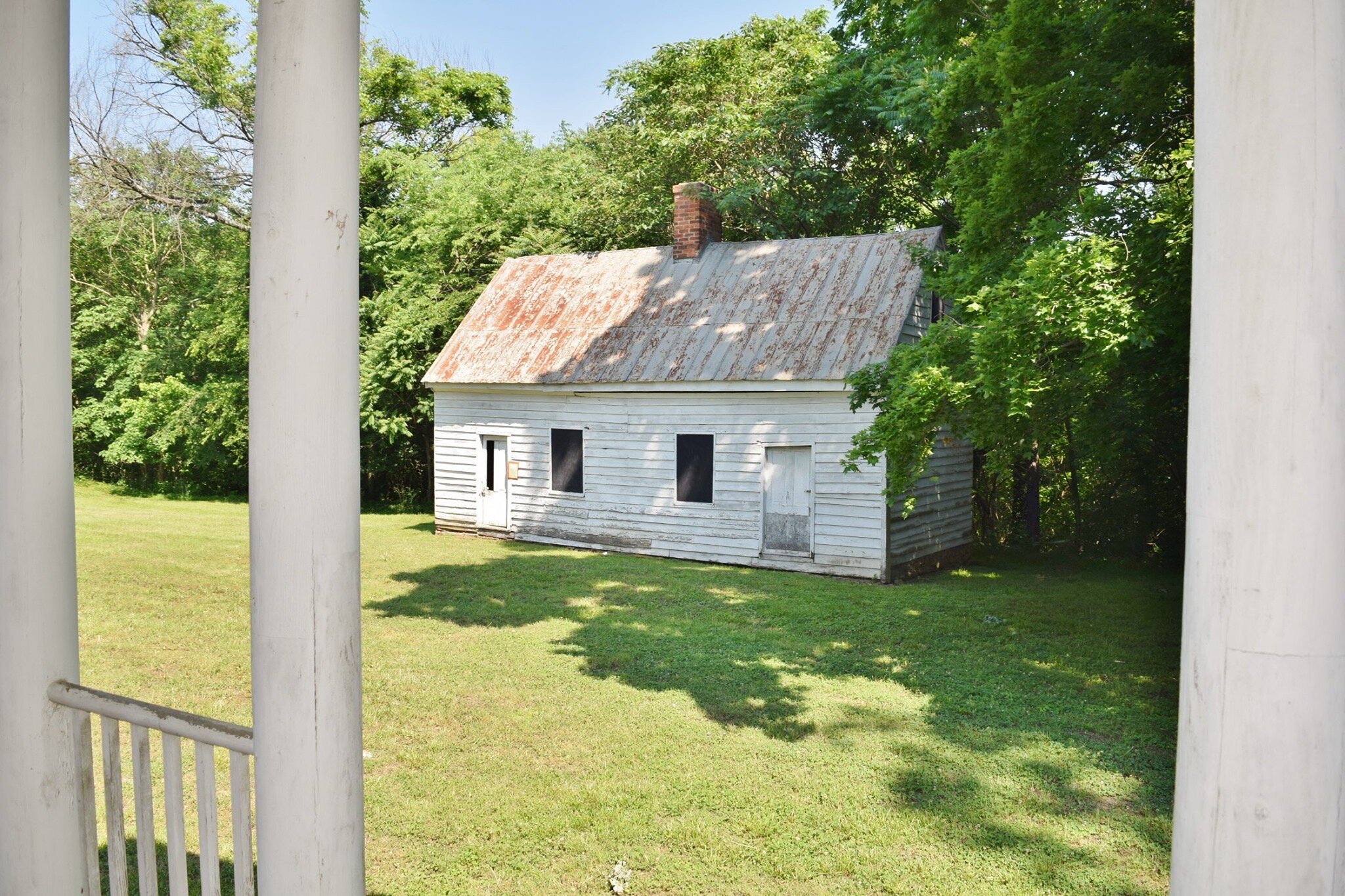
Battersea:
A testament to American Longevity
In 250 years, America has declared independence, established the oldest written constitution, fought a Civil War, become first in flight, survived two World Wars, a Cold War, superseded racial segregation, and put man on the moon. In that same span of 250 years, Battersea estate has stood as a testament to American longevity in rich cultural history and heritage. In 1768, Colonel John Banister built Battersea near the bustling trade town of Petersburg, Virginia. It encapsulates the early beginnings of our country and America’s future successes with its own architectural grader and historical endurance.
Banister was a Virginia statesman who wore many hats in the emerging political landscape of the late 18th century. He was Petersburg, Virginia's first mayor, a signer of the Articles of Confederation, and an integral player in the struggle for independence during the Revolutionary War. Among other contributions, Banister established Battersea as his country estate on the outskirts of Petersburg.
Battersea is a Virginia Historic Landmark listed in the National Register of Historic Places and is one of the finest surviving examples of Palladian architecture in America. Modeled after the architectural designs of Italian Andrea Palladio, Battersea's characteristic five-part symmetrical layout subscribes to neo-Palladian and Federal styles that were popular during the 18th and early 19th centuries.
Along with its architectural significance, Battersea has also had a vibrant past. Notable events include the quartering of British troops in the home on three separate occasions, as well as the construction of the unique and historic greenhouse on the property c. 1830.








